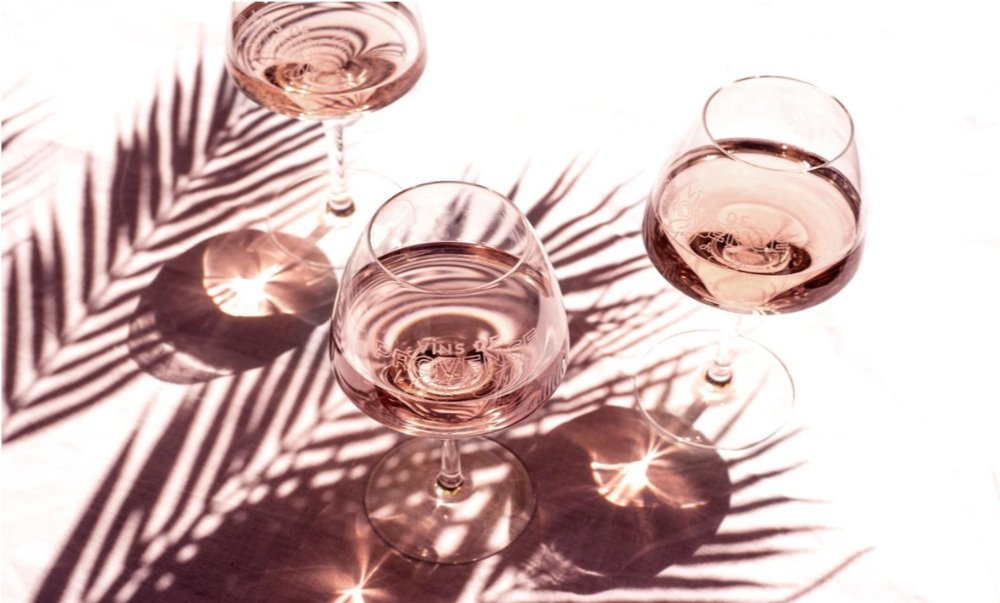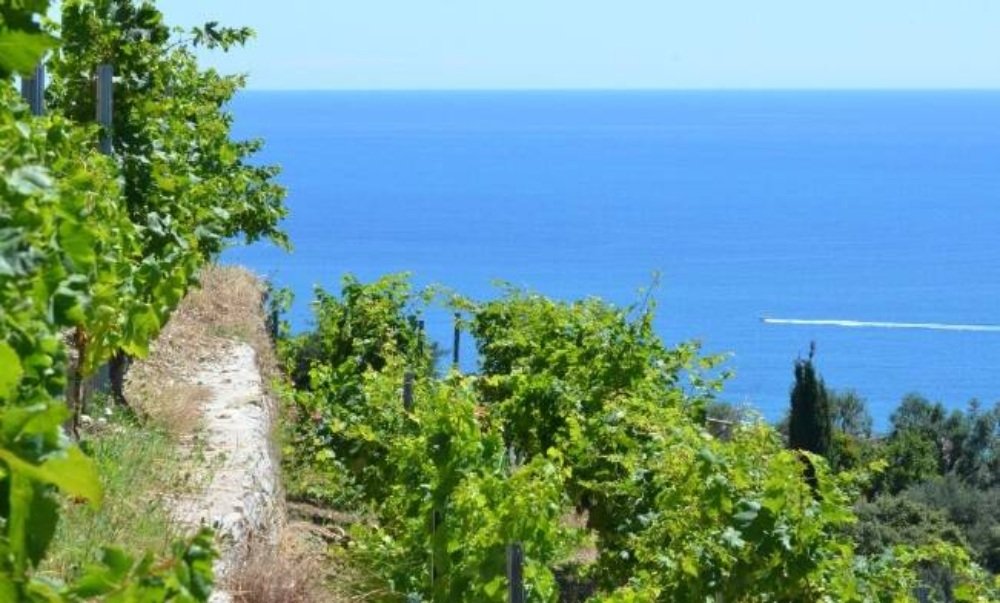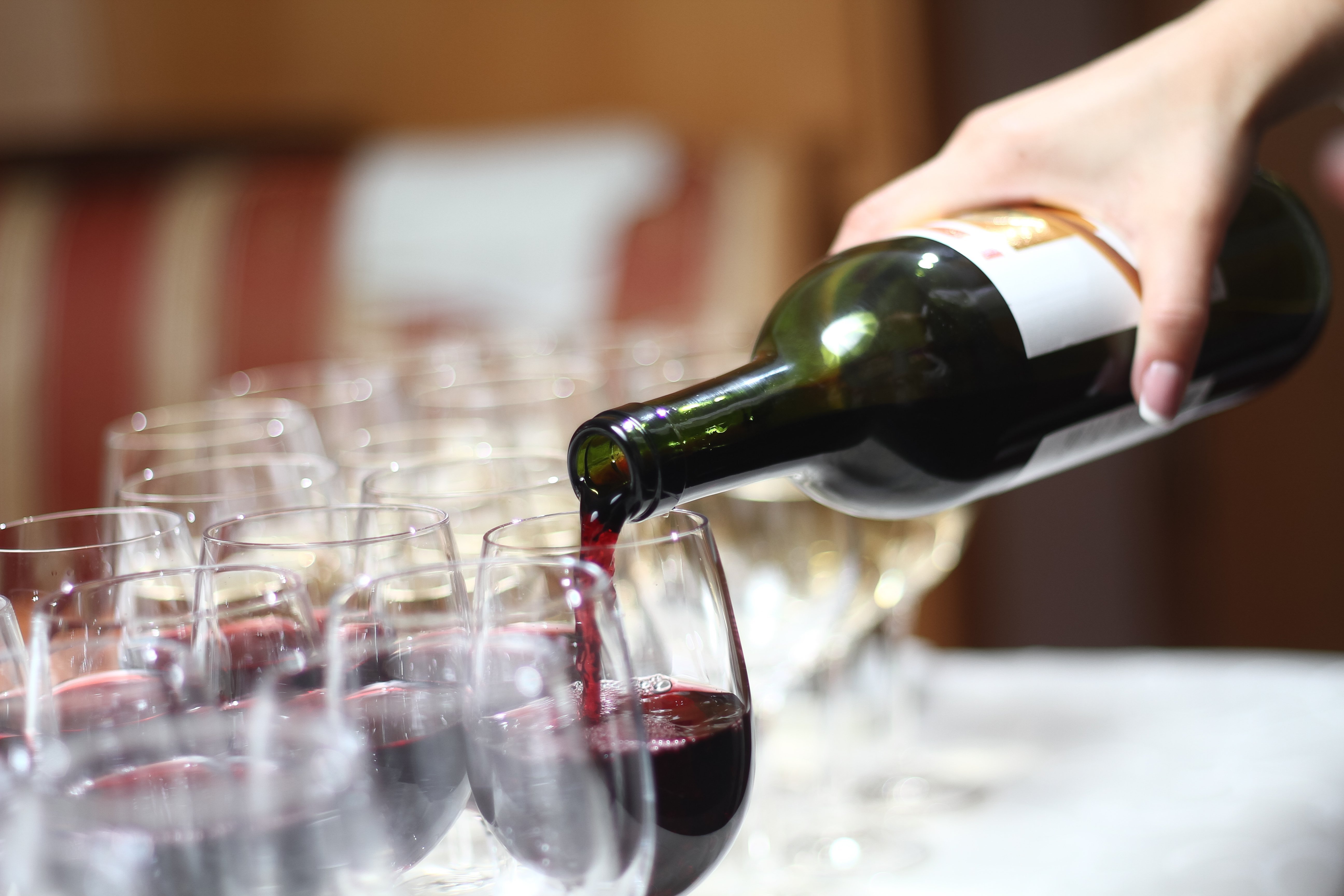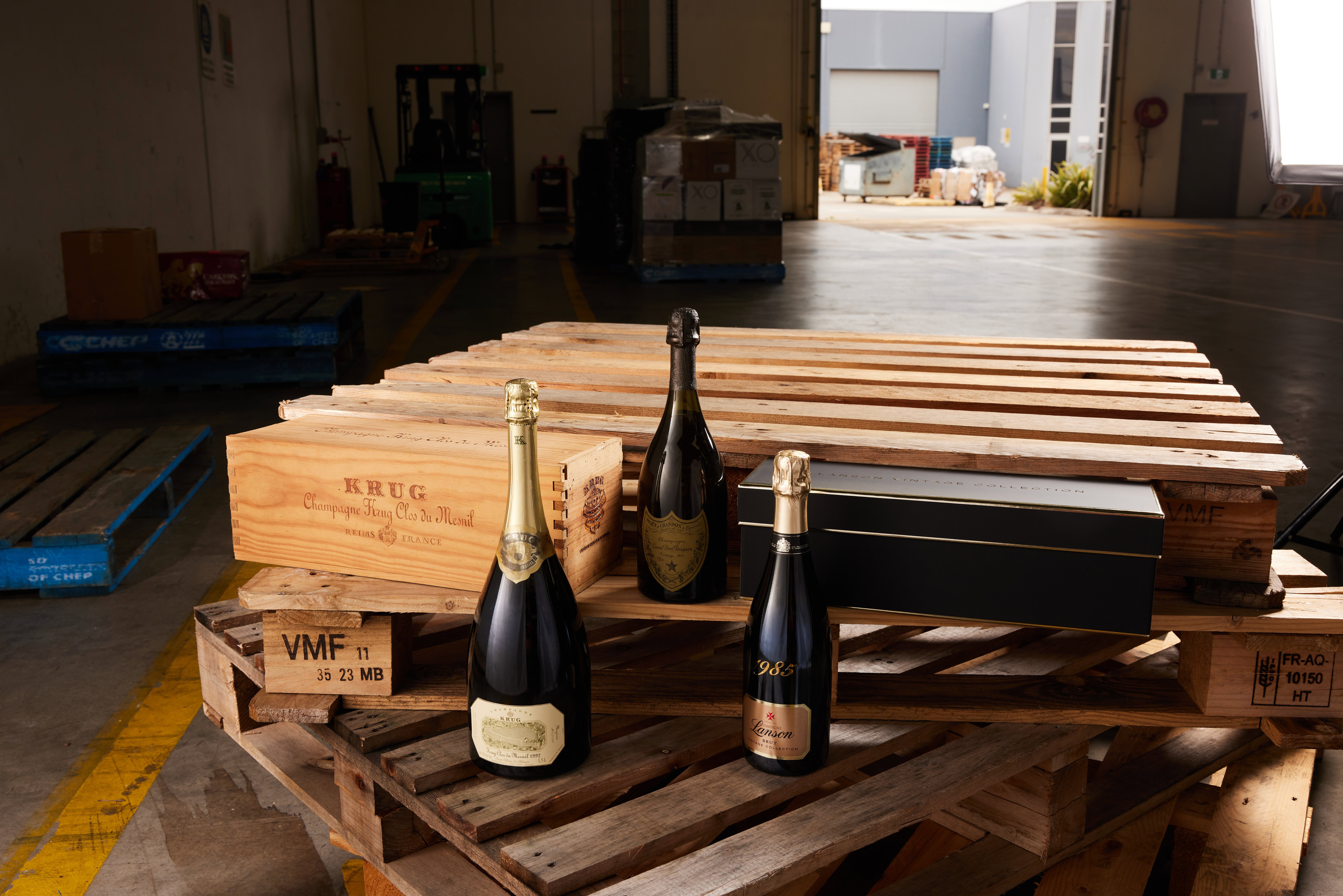Harvest came early in the Vins de Provence vineyards, kicking off on 15 August in the areas of Pierrefeu and La Londe in Côtes de Provence, a week to ten days earlier than in 2019. The remainder of the crop was safely picked throughout September.
While the 2019 wines land in Australia for summer, trends indicate the Rosé is a variety that are Australians are happy to drink the whole year through. Australia is the ninth largest export market with consumption having grown four times over in the past five years.
The early maturity this year is due to a a mild winter, a wet spring and a hot summer, but without the high temperatures that slow down the development of the vines. Due to these favourable agronomic conditions, the vineyard is in very good health and early indications show a great balance between phenolic and alcoholic maturities, showing promise for a very quality vintage.
Nevertheless, the vintage will also have been impacted by a significant frost at the end of March which affected the vineyards very evenly. This will have a bearing on the volumes harvested, which, are, so far, difficult to evaluate.
“2020 will obviously be a year unlike any other. In addition to the unique health context, the vineyard experienced an unprecedented episode of frost which will have an impact on volumes. Thankfully for the unaffected parcels, the tank samples are encouraging, with the first grapes harvested offering a beautiful maturity and acidity. The vintage is therefore promising,” said Jean-Jacques Breban, President of the Conseil Interprofessionnel des Vins de Provence
Characterised by a warm summer with a couple of strong heat waves up to a record beating 45.9 degrees. The quality of the grapes was nonetheless retained with the use of irrigation in some regions where required. This season’s wines show a fine balance between fruit complexity and fresh thirst-quenching acidity. More luminous in colour than the 2018 vintage, the wines jump from the glass with high aromatics from AOP Côtes de Provence, whereas AOP Coteaux d'Aix-En-Provence shine with peach, citrus and often a bright minerality. AOP Coteaux Varois en Provence wines are characterised by high complexity in 2019, intense, full bodied fruit that belie their often very pale pink colour.

Provence sits in the South East of France, in the hills just inland from the Mediterranean Sea. The largest AOC (appellation d'origine contrôlée) in the region is Côtes de Provence, situated in the east and divided into natural zones and five terroir designations, followed by Coteaux d’Aix-en-Provence and Coteaux Varois en Provence. These three appellations represent 95% of the AOP (appellation d'origine protégée) production in the region.
Coteaux Varois en Provence is the highest of the three, with vineyards sitting at altitudes between 350-500 metres. While Coteaux d’Aix-en-Provence in the west is the most exposed to the mistral winds blowing from the Rhône Valley. This famed wind from the north ensures that the vines dry quickly after the rain, inhibiting the propagation of disease.
Heat and sun ensure early ripening while the different soils, everything from deposits of limestone and shale to quartz and schist near the coast, with clay and sandstone dominating the inland. All these factors contribute to the diversity of styles produced in the region.
More than 90% of the wine made here is Rosé and at least two grape varieties are used in the blending of AOP Provence Rosé and at least 50% of an AOP Provence Rosé must come from main varietals. The other 50% can come from main or secondary varietals. It is these specific grapes, blending and the vinification that makes Provence Rosé so unique.
Winemakers continue to experiment and challenge their processes: some use oak but most winemakers rely on temperature controlled tanks. Biodynamic and organic viticulturist practices have been enthusiastically embraced and ensured superior grape harvests year on year. There was a 65% increase in organic vines between 2010 and 2016. There is even a Rosé research centre based in Vidauban in central Provence, and founded and funded by local winemakers.
Be sure to experience the variety of 2019 Rosé de Provence wines that are in store now.
This is sponsored content.
Photos credits : François Millo
Share the content










